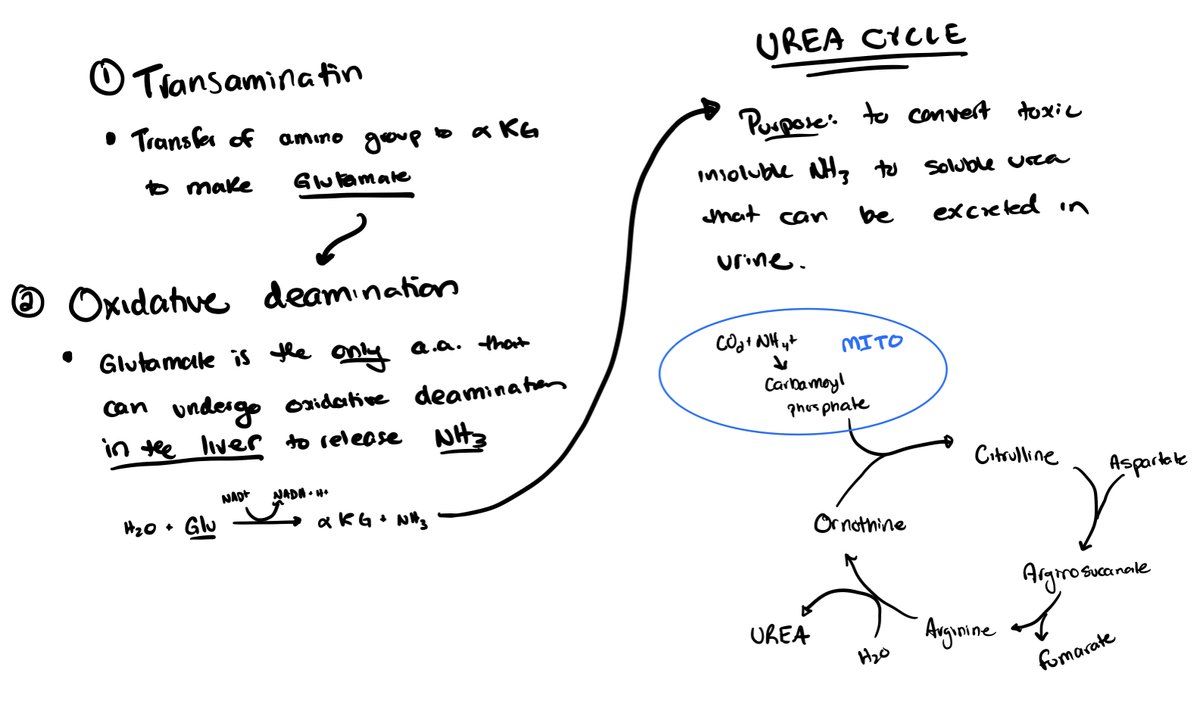
1/ BOOM! Want to know how fat gets directed to muscle, cardiac, and adipose tissue...
ANGPTL3-4-8 model of fatty acid trafficking! So elegant! It's like evolution is an engineer .@DaveKeto .@Ad_SotoMota
Video Here 👇👇

ANGPTL3-4-8 model of fatty acid trafficking! So elegant! It's like evolution is an engineer .@DaveKeto .@Ad_SotoMota
Video Here 👇👇

2/ The model describes how three ANGPTL family members act in concert to promote tissue-specific LPL activity corresponding to the body’s nutritional status. Interestingly, all three proteins are LPL inhibitors; however, they are differentially induced by fasting and feeding ...
3/ ...and preferentially effect different tissues. ANGPTL4 is induced by fasting and inhibits LPL specifically in adipocytes, directing direct FFA to skeletal and cardiac muscles in the unfed state. By contrast, ANGPTL8 is induced by feeding and...
4/ ANGPTL8 is induced by feeding and, by interacting with ANGPTL3, inhibits LPL activity in specifically in cardiac and skeletal muscle. ...
5/ Thus, in the fasted state, LPL activity is relatively suppressed in adipocytes and FFA are directed to lean tissue; whereas in the fed state, LPL activity in adipocytes increases relative to lean tissue to facilitate the storge of circulating TG.
The End 📙 (but not really)
The End 📙 (but not really)
• • •
Missing some Tweet in this thread? You can try to
force a refresh










